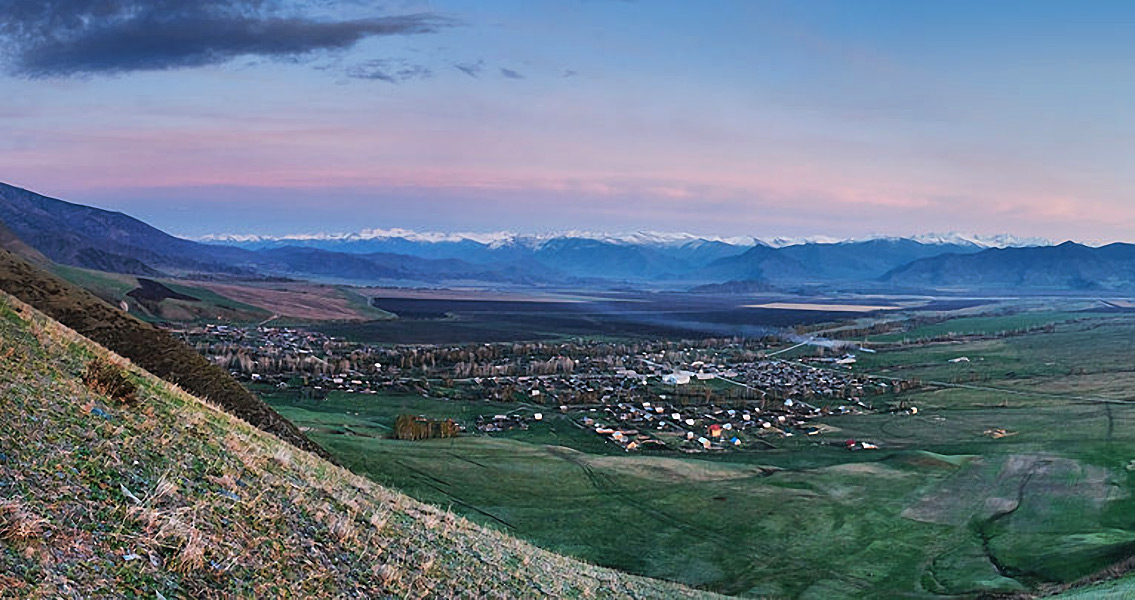<![CDATA[An international team of scientists has discovered what may be the missing link in the ancestry of European peoples. Using a new technique to analyse genetic material taken from 69 sets of remains, the researchers have suggested that a considerable group of nomad hunter-gatherers from what is now southern Russia moved into the central parts of the continent some 4,500 years ago, adding their genes to the indigenous peoples and another group that had moved in earlier from the Near East. The technique used by the team involved enriching DNA material from human remains, significantly reducing the sequencing workload needed to produce genome-wide data. In other words, with the new technique the researchers could study more individuals, obtaining more information about their genetic composition than would have been possible with other techniques. This likely third ancestral line of modern Europeans is called 'Yamnaya'. Based on results from analysing nine separate sets of genomes belonging to representatives of this group, scientists have concluded that these steppe herders migrated to central Europe in great numbers during the Bronze Age, after the invention of the wheel. In addition to enriching the existing gene pool, this tribe or tribes from the Russian steppes are also thought to have contributed to, or even started, the spread of Indo-European languages. Currently, the majority of languages spoken in Europe belong to the Indo-European family, a huge group comprising more than 400 languages and dialects spoken across Asia and Europe. In modern Europe there are also representatives of the Uralic, Mongolian, Turkic, and Semitic language families. This latest research supports the “Steppe hypothesis” that the Indo-European family of languages was introduced by inhabitants of the Russian steppes. However, it competes with the “Anatolian hypothesis”, according to which the first speakers of these languages were the Near Eastern farmers who moved to Europe seven or eight millennia ago. Scientists are still not certain whether the Yamnaya tribe gave rise to just one set of Indo-European languages, such as Baltic-Slavic, or were a driver for the whole family that grew into the majority of the languages spoken on the continent today, one of the team leaders, professor David Reich told the BBC. Earlier studies had established that some time between the sixth and fifth millennium BCE, a large group of people, unrelated to the indigenous populations, came to Europe from the Near East and spread throughout the continent, gradually merging with the locals and introducing agriculture to them. Yet, the genetic makeup of modern-day Europeans was too diverse for scientists to accept that these were the only two groups that inhabited Europe in those days. Hypotheses were formulated that there must have been one other, distinctive tribe that had crossed its genes with the other two groups. The Yamnaya seem to be a likely candidate for this role. In fact, the researchers have suggested that as much as 50% of the genetic makeup of some northern Europeans originated with the Yamnaya. Interestingly enough, the Yamnaya themselves seem to have mixed with the Near Eastern farmer tribes before they moved west from the steppes. ]]>
DNA Analysis Reveals Missing Link in European Ancestry
